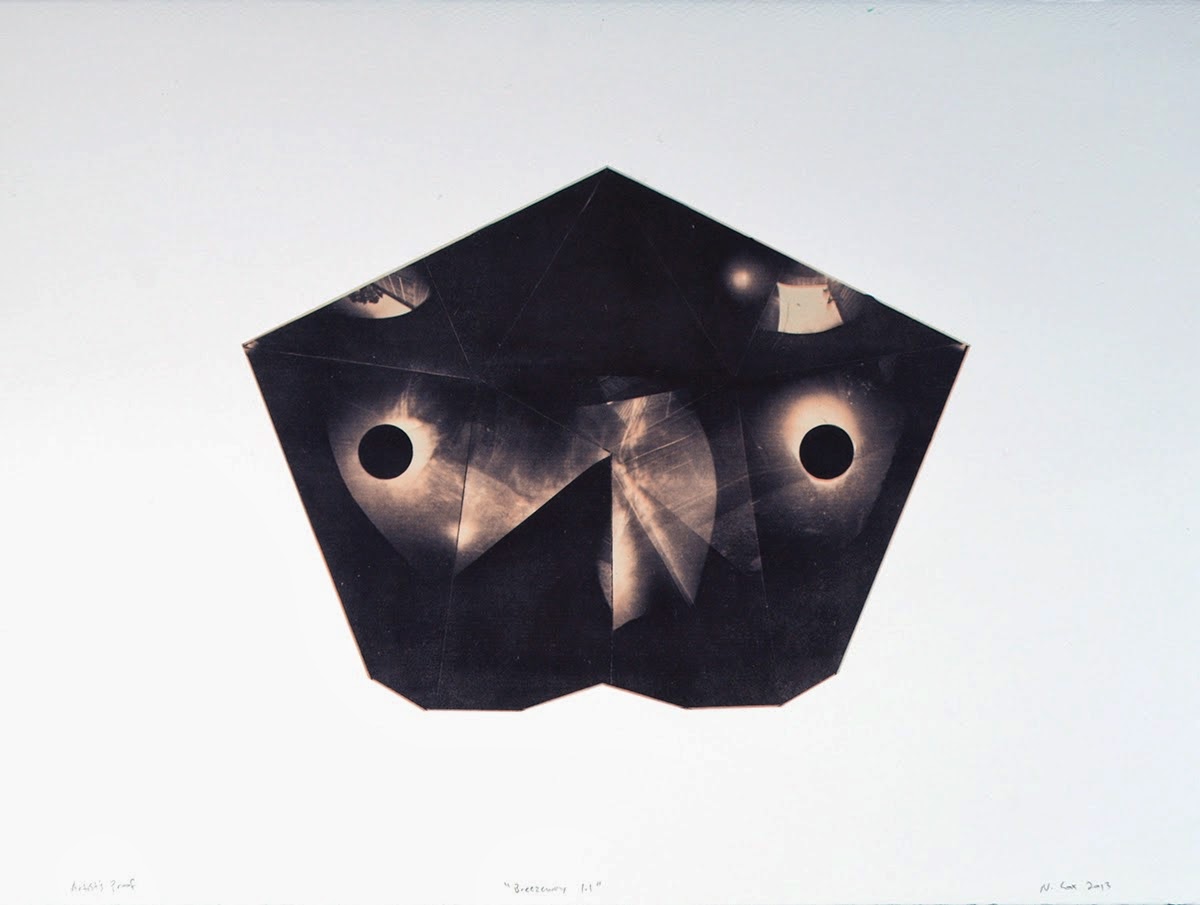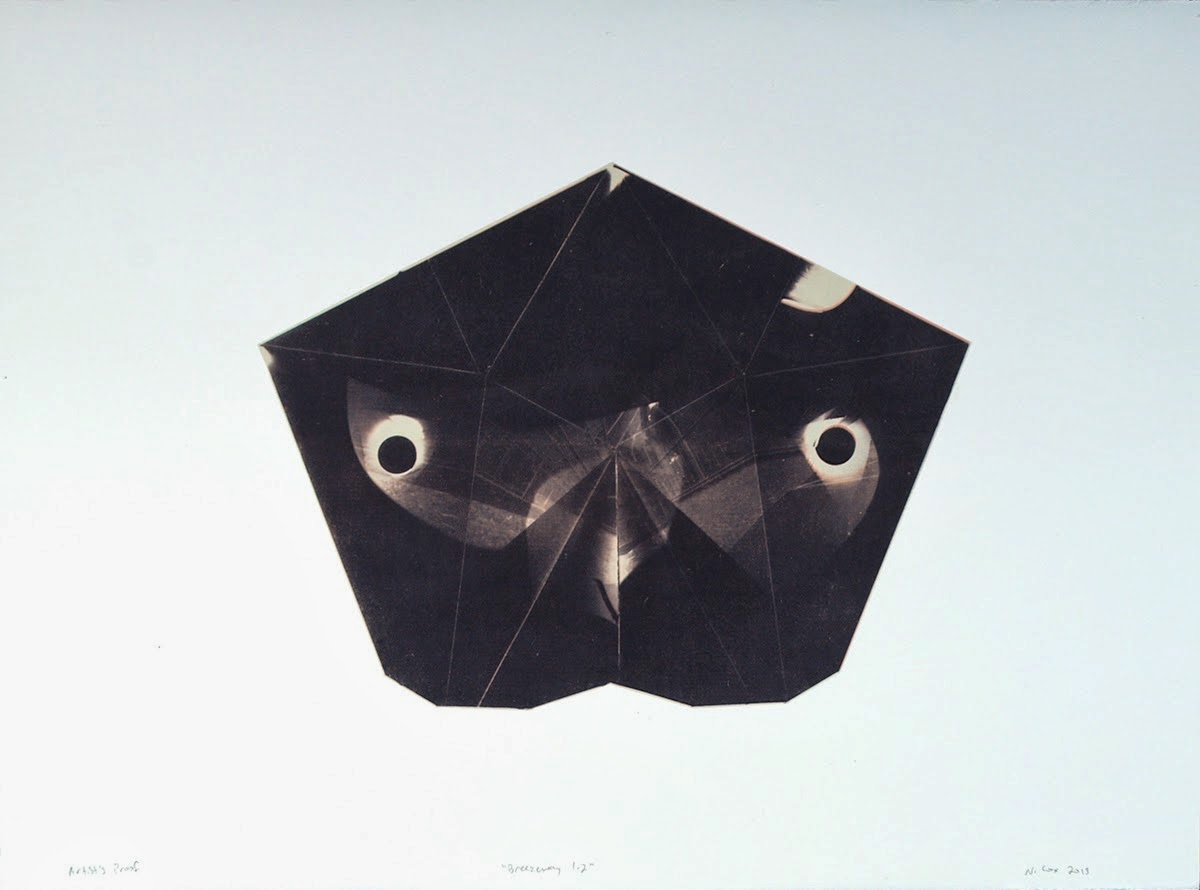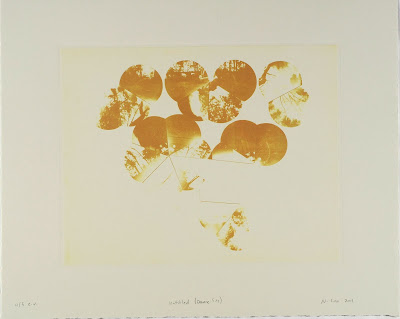Born from a fascination with topographical maps, and how they represent a 3-dimensional form using a 2-dimensional code, I plan to create an elevated topographical map. Using simple materials and tools, I am going to build up a scale model/paper sculpture of a prominent mountain peak found in the Wasatch mountain range in Utah. I am then going to design and build an experimental pinhole camera system to photograph the sculpture. I will make 36 photographs from symmetrically positioned locations around the model, from which I will print 36 images using the historical process of copperplate photogravure. These simulated landscapes will exist in reference to the actual landform. Though filtered through the soft aesthetics of experimental photography, and the odd syntax of photomechanical printing, I anticipate that the images will embody a surreal quality. While I am interested in creating a visual aesthetic for each image, each print (and the project as a whole) should call in to question the issues surrounding landscape as a form of art, the environmental impact of development, and accessibility.
So far, I have tested my math, calculating the scale of the topographical map (1/2400) to find out the scaled down elevation of each topographical line on the map. I built a small portion of the mountain in SketchUp, after which I asked a colleague to print the mountain on his 3-d printer.
























.jpg)

.tif)














.jpg)
.jpg)






